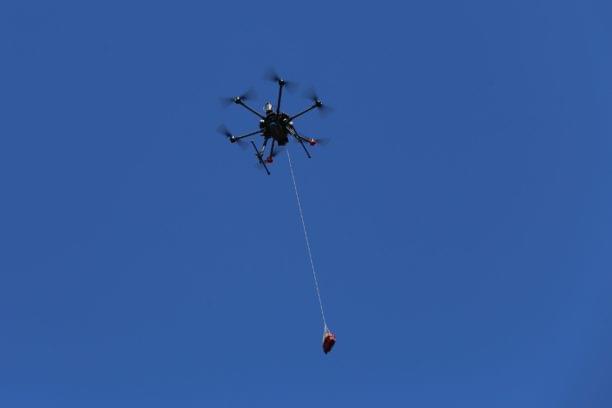
For a few brief moments, the high-powered lasers generated 1.3 megajoules of fusion energy.
A breakthrough experiment last month at Lawrence Livermore National Laboratory’s (LLNL) National Ignition Facility (NIF) in California has turned up a whopping 1.3 megajoules of energy, or about three percent of the energy contained in one kilogram of crude oil. The work, as outlined in the journal Physical Review E, puts physicists “at the threshold of fusion ignition,” according to the lab’s press release.
Nuclear fusion, in the simplest terms, is a reaction in which atoms are smashed together to generate an abundance of energy. In some ways, it’s less dangerous than nuclear fission —a process that involves splitting heavy, unstable atoms into two lighter ones—and has the potential to create a lot more energy.
All of today’s functional nuclear power plants currently use nuclear fission, and scientists have long been on the hunt for a way to make nuclear fusion a reality; consider it a kind of holy grail of clean energy.









